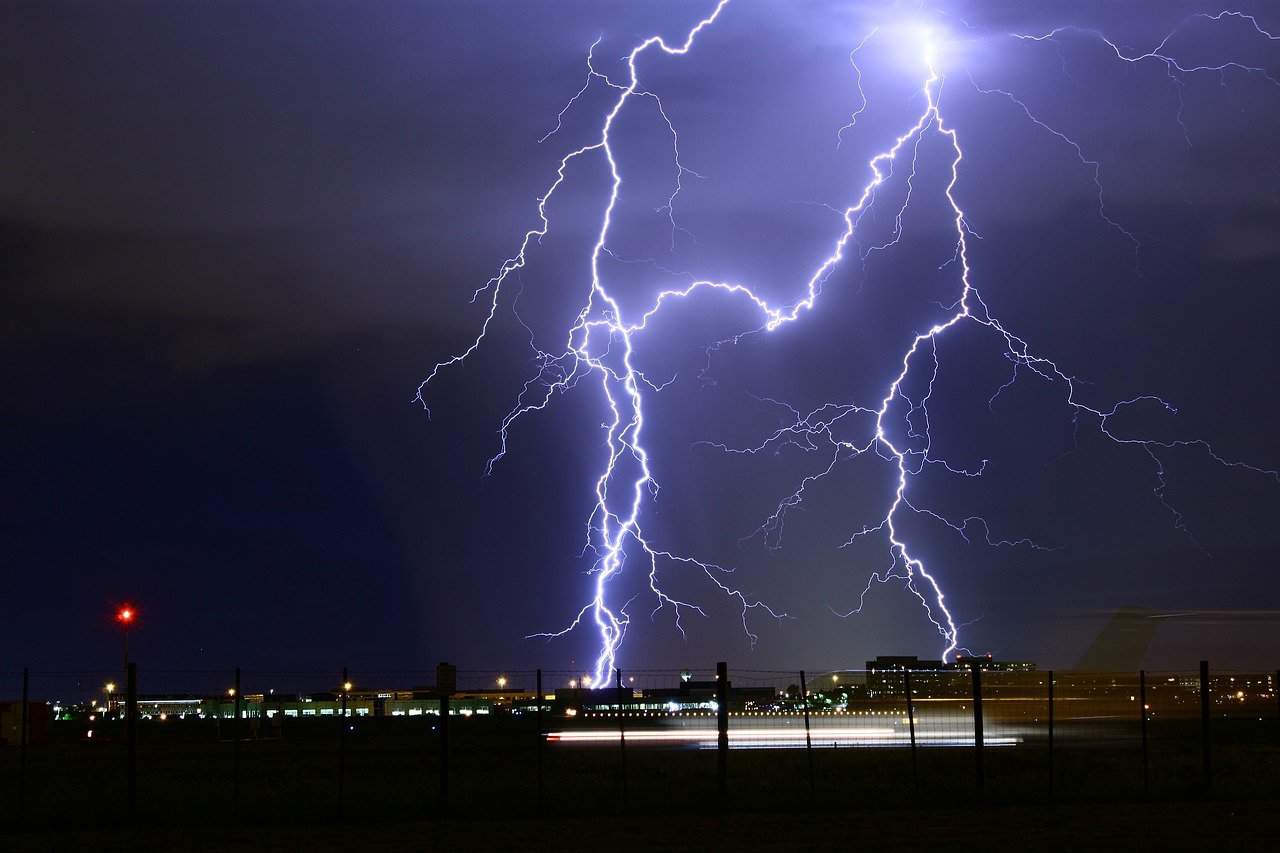Strokes of lightning cause considerable damage to the economy and often cause powerful forest fires. New technology will help to secure them – the use of a guided laser beam, with the help of which the lightning can be “launched” at the right time and in the right place, having previously discharged the energy accumulated in a thundercloud. This is reported in a new article published in the journal Nature Communications.
Andrey Miroshnichenko, a professor at the University of New South Wales, and his colleagues from Australia and the United States demonstrated a new approach in laboratory experiments. Scientists created a “miniature thunderstorm” with a pair of flat parallel plates separated by a layer of air, on which, as on the linings of the capacitor, the charge accumulated. Approaching the breakout value, it discharged, tiny lightning appeared on a random section of one plate and quickly hit the random area of the second.
In nature, lightning moves from the cloud to the cloud or to the ground on the path of least resistance. This way can be created artificially – and for this scientists decided to take tiny conductive particles of graphene. And to deliver them to the right area of their installation and hang between charged plates, used a hollow beam of a special laser, which was developed in Australia for 10 years ago.
Particles are held inside by the pressure of light – a phenomenon called photophoresis – and are pushed forward and heated at the same time. Having reached a high temperature, they even begin to glow; but most importantly, they cause ionization of neighboring air particles, creating a path for the stepped lightning leader. “We have an invisible thread,” says Andrey Miroshnichenko, “a pen with which we can write light and control the electrical discharge to within about one tenth the width of a human hair.”
The authors of the study note that the real tool for “lightning management” can be very different from a laboratory demonstrator. Thus, the use of graphene is not necessary, and the laser theoretically can be directly affected by the particles suspended in the air. In addition, the system is actually adapted to work with a rather weak laser.
